Additive manufacturing (AM) was invented in the mid-1980s in Japan, after which it soon became well-known for rapid prototyping all over the world. Additive manufacturing, also known as 3D printing, is a technology that builds objects by adding material layer by layer. Materials used in this method can range from plastics, metals, ceramics, and cement amongst many others. Today, it is being utilized in several industries – aerospace, healthcare, automotive, construction, and manufacturing to produce final product parts. This method has become more tangible in recent years and is the future for engineers and the manufacturing industry.
Bringing additive manufacturing into mainstream manufacturing bulk manufacturing will shockingly reduce production costs while simultaneously improving the quality of the product. Unlike traditional methods of manufacturing, additive manufacturing does not require the building of molds or any special machinery, a single Computer-Aided Design (CAD) software file is the only pre-production element necessary.
A single additive manufacturing machine is capable of working with different materials to produce a vast array of products, hence reducing investment costs greatly. Labor costs are relatively low as there is no requirement for assembling as the product is made as a single part. The quality of the product is much superior, as materials such as carbon fibers and titanium can be integrated easily into the product. The entire process of making a finished product has no human interference, hence eliminating the possibility of any human error that may occur during a traditional manufacturing process and also increasing the rate of production by several folds.
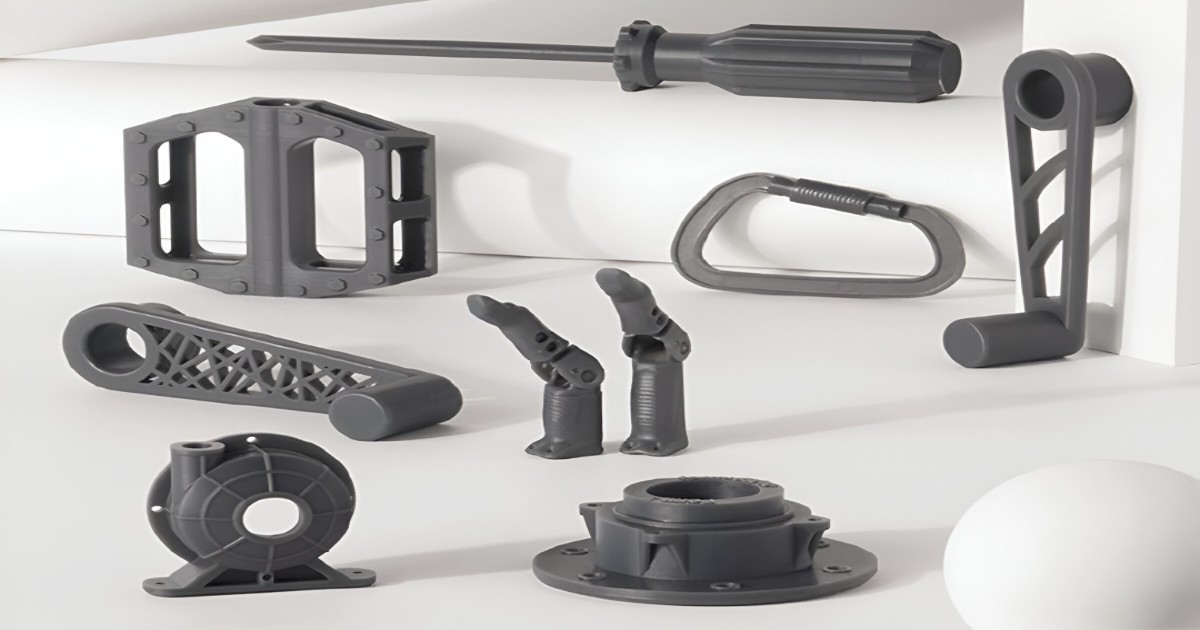
Traditionally, a manufacturers production ability would decide the structural design of the product. But with the introduction of 3D printing services, the power is in the hands of engineers and they have total liberty to design as they envision the product. Customization of products based on the customers needs at lower costs is a much more plausible concept with 3D printing. Professionals in the healthcare industry are looking to create replacement parts and bones specific to their patients needs for a higher success rate and reduced infections. This technology is also proving to be a game-changer for the aerospace industry as lighter but more durable parts can be made. In space astronauts and engineers use 3D printing to print crucial parts in case of emergencies. Another impeccable feature of additive manufacturing technology is that modifications and adjustments to the product design can be made at any moment without increasing costs or slowing down the production process.
The environment also benefits greatly from this process. Due to the lack of raw materials needed to mold or color the product, there is a significant drop in the waste generated. Often machines also release toxic waste while producing products, which are then eliminated into fresh-water bodies and oceans causing water pollution. Some products made by traditional machines also require burring and heating, which release toxins into the air. With the use of 3D printing, no materials are wasted and no form of pollution is caused.
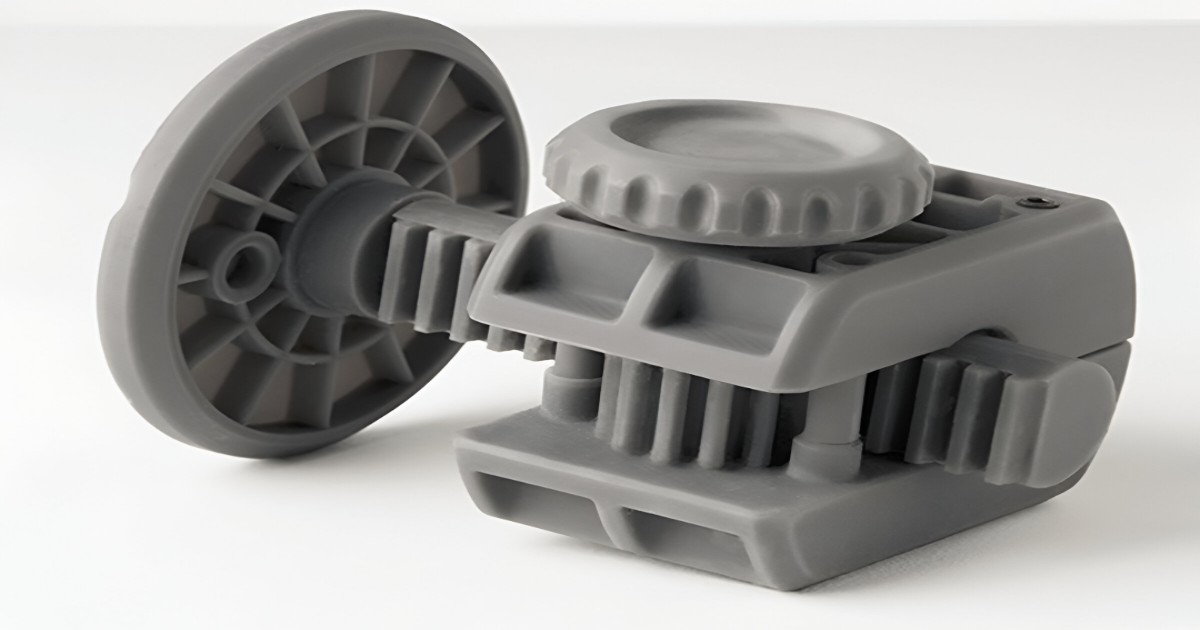
There are several challenges to the scaling of 3D printing to become the new ordinary form of production. There needs to be more research and development to be done in this area to improve upon materials, and efficiency and reduce initial setup costs. Engineers need to be more open to experimenting and educating themselves about additive manufacturing, and countries need to improve their digital framework to ensure the success of this promising method. Several hurdles stand in the way of the success of this manufacturing method, but it is capable of being the next industrial revolution that will benefit consumers, business owners, and the environment alike.
The first modern car was invented in the mid-1880s, and we have come a long way since. Innovation has been booming in the automotive industry as fierce competition motivates companies to improve efficiency and customer satisfaction. Assembly lines and structural and functional changes have consistently been made to engines and the exteriors of vehicles, but the next biggest change due to innovation is going to be the way the automotive industry manufactures its cars.
3D printing, a method commonly used in the automotive industry to make prototypes, is currently in the driver’s seat, steering the world of automobiles to a future that was never anticipated before. 3D printing is a method of manufacturing where digital files are converted to three-dimensional objects, using different materials and printing layer by layer.

The potential of this technology has no bounds in the automotive world. Today, 3D printing is pivotal in the product design and development process, as it rapidly allows engineers to produce prototypes and simultaneously also enables them to make revisions to their designs on the go at a low cost. The flexibility of this manufacturing process in the future will benefit mass production, as companies will be able to fix issues without the need to change the assembly lines. In today’s highly customer-centric market, this feature will be rather valuable, as customers will be able to customize the exterior as well as the interior of the car at an affordable cost.
The main point of distress for the automotive industry is often the cost of production and its efficiency. 3D printing can benefit both these aspects and beyond. This method delivers the product in its complete form, requiring a smaller number of parts to be assembled, improving efficiency, and reducing labor costs. A company called Local Motors developed a car called Strati that is the world’s first car to be built using 3D printing technology. 75% of this car is printed, while as opposed to the regular 2000 components, there are only 57 components that are required to be assembled for this car (Barker, 2016).
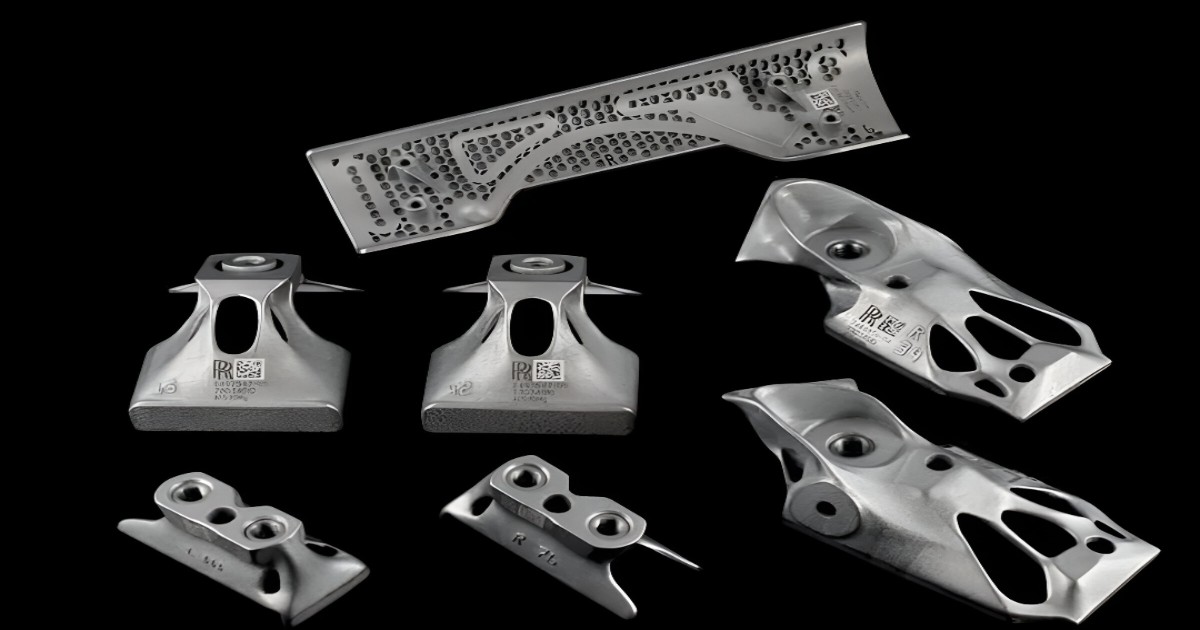
High-end luxury cars such as Porsche and Rolls Royce are utilizing this technology to shift all their physical inventories to digital. With the power of this machinery, these high-end car companies can produce spare parts demanded by their clients just as soon as the transportation of the spare part would take from the warehouse to the customer. Through this, companies are cutting down the requirement of warehouses as a whole.
A crucial advantage of 3D printing is also that it can be used to revive old cars by producing made-to-order spare parts based on individual cars. Another place where 3D printing is gaining momentum is in the area of competitive racing. Formula one race car companies such as McLaren and Renault are using this technique to produce parts that are usually very expensive and technical to produce using the traditional method. 3D printing allows engineers to use materials such as carbon fibers that improve the strength and speed of the car and also allow for more customization. The products produced by 3D printing are also much lighter but stronger, allowing more fuel efficiency and higher safety standards in the future.
While it may take a while before cars are completely made from 3D printing, there is a definite future in this technology, and with persistence, greater efficiency will be achieved.
With the situation we face today of COVID-19, the time for the development of the new product is scarce, as the product has to be tested and launched quickly in the market to counter the health situation today. The traditional method of manufacturing and testing the iterations seems to be against what is required today, as those methods are costlier, time-consuming, and difficult due to lockdown situations, which make it difficult for manufacturing molds, products, etc. The traditional method of manufacturing, like molding, requires molds to be produced for the different iterations to be tested, which is costlier and may take several days for the product to be manufactured and tested to check on product features and make changes for desirable results, and this long cycle goes on. The lockdown situation makes this process even worse with the unavailability of workers and stringent time factor we are fighting against.
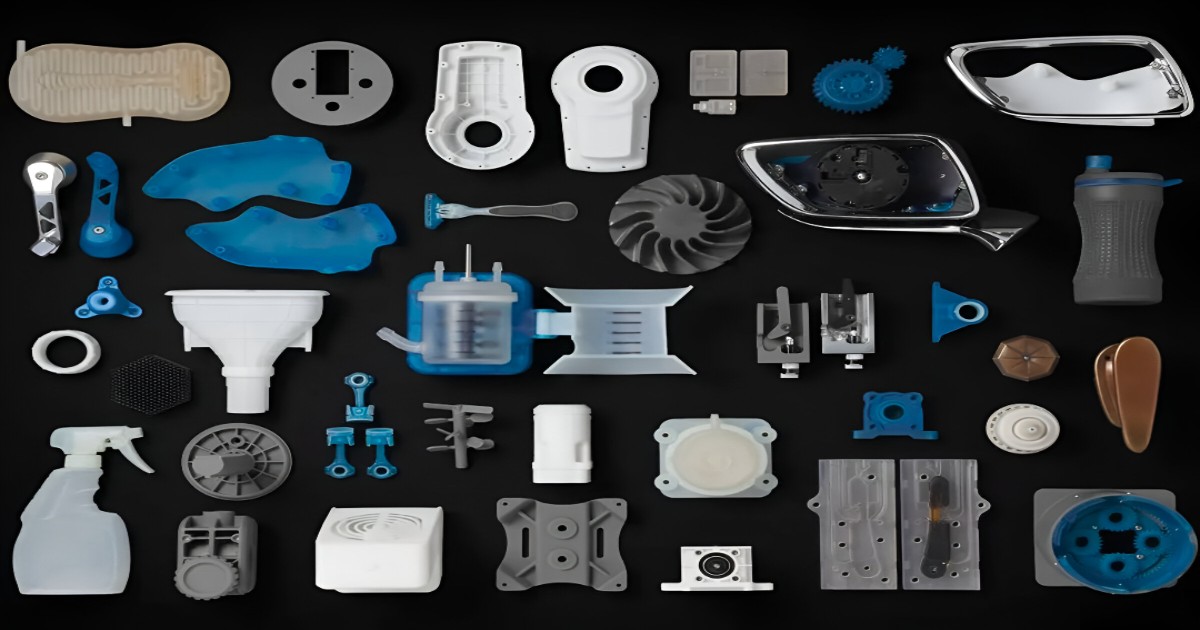
An effective prototype is one that can give product developers an accurate idea of how the final product will perform. Whether that is reviewing the texture and color or putting the part up to rigorous testing, engineers need a prototype that is up to the task. When it comes to product development, time is of the essence, especially if you had to put design iterations on hold during the lockdown. rapid prototyping is a blessing in disguise to counter the situation. Rapid prototyping is a group of techniques used to quickly fabricate a scale model of a physical part or assembly using 3D CAD data. Construction of the part or assembly is usually done using 3D printing or additive layer manufacturing technique. Your product development timeframe need not be affected by rapid prototyping at your service. Improving parts with 3D printing is quick, simple, and cheaper with many iterations that can be produced and tested as compared to traditional methods. In a few hours or a day, the original design can be updated on 3D CAD tools, and the file can be shared with the manufacturer digitally, and the prototype would be in your hands within a few hours or days, as per the complexity and size of the design. The manufacturing errors can easily be eliminated with rapid prototyping as compared to traditional methods of production. The models can easily be scaled as per the need, with limitations arriving only at the maximum size of product a given model of machine can produce. Cutting down on costs is a necessity for industries battling these tough times, but this, in essence, does not mean killing innovations necessary for progress.
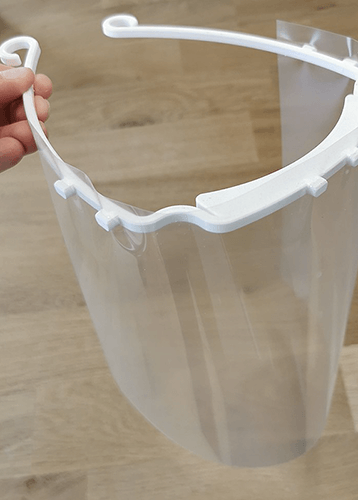
Rapid prototyping enables innovation with its freedom of design for engineers to manufacture parts with intrinsic and small detailed designs and geometries with interlocking features, which is not possible to manufacture with traditional methods. This helps in creating product assemblies with many components into a single-component product, which in turn saves cost. Additive manufacturing offers huge varied combinations of technologies, from laser sintering to fused deposition modelling, and materials, from metals to plastics such as aluminium, nylon, and carbon fiber, that engineers can choose from to optimize their designs. It provides a variety of textures and colors to choose from. The input files can easily be changed to fulfill the design requirements.
© 2026 RA Global Tech Solutions
Site design and developed by Rajkar Global